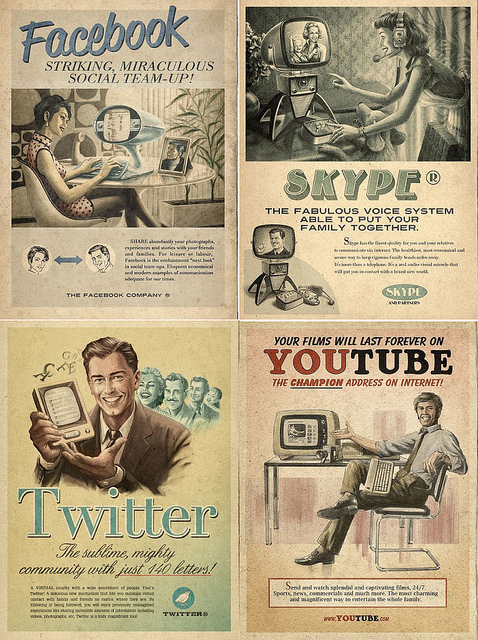Dear my new world of old technology,
This is why you make my life so difficult.
Damn, people get pissed when you don’t respond to their emails immediately these days. But, you say, everyone these days has an iPhone or an Android so they can check their emails like they check their text messages: instantly. Well, I’m living in the year 2006, before the release of the first iPhone, before touch screens were put into cellphone technology, and when the term “smart phone” referred exclusively to a Blackberry. Folks, I’m currently using T9 texting technology; there are no such things as Apps on this phone; taking a picture with its “camera” may as well be capturing in bit-mode as that’s the pixilation quality.
Why am I suffering through this, you ask? I had my phone stolen about a week ago and I had this old one as a backup in case something like that ever occurred… now I hate my life.
Honestly, I feel like such a pussy for missing my Android. I went 23 years without owning a smart phone, all four years of high school, all four years of college, and now I can’t go two weeks without one. My group members are pissed I can’t read emails while I’m driving to our meetings, my parents wonder why I’m suddenly out of the loop on world news, and my daily existence is music-less without my Spotify app! I’m drowning over here in a sea of antiquated technology and I can’t even place a call for help! I lost all my contacts and T-Mobile stores them retrievable only via a 4G connection. My phone lacks that and everything else. That’s some excellent planning right there.
So along with my phone, I had my debit card and driver’s license stolen. I had to go to a DPS location to replace my license, and what I thought would be a quick trip turned into a major excursion and total headache thanks to my dumb phone.
I had forgotten (forcibly and gladly) the days when we had to lookup directions before leaving the house, so I started my journey thinking I knew where I was going. Well, I got to the location and there hung a sign out front that read: location closed, please see newest location in Pflugerville. Um, what? Of course a QR code on the banner wasn’t helpful to ME, but it was nice of them to provide assistance to those living in the current decade. What could I do? We don’t carry around city maps anymore, I couldn’t ask anyone where to go…I drove all the way back the fuck home, looked up the directions to the next closest location (30 minutes away) and pouted the whole time. Had I had a smart phone, I could have just looked up the location while sitting in the parking lot and saved myself about an hours’ worth of gas and drive time.
As you can see, smart phones are vital. They are not simply nice little gadgets we carry around for when we’re bored. People (and by that I mean our parents) may say we’re being spoiled, that we’re a generation growing up with an unhealthy reliance on technology, and that we have missed out on what it is to be part of the real world, but I disagree. Look, we’re a generation that takes what we are given and make the most out of it. We may spend an inordinate amount of time on our handheld devices and on the interwebs, but guess what? We were also born in to a fucking recession where we are forced to take unpaid internships and minimum-wage jobs while paying off student loans we racked up while earning our college degrees. So fuck off older generations. You guys had the 80s, the tech boom of the 90s, the dot-com boom of the late 90s, and YOU caused the recession we’re in now. So, yeah, we youngins like our $500 smart phones. It’s the one thing that can’t be taken away from us…oh …wait. Fuck.


